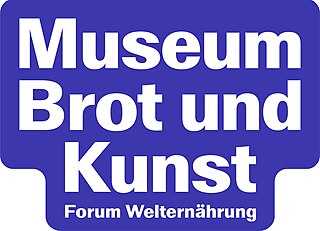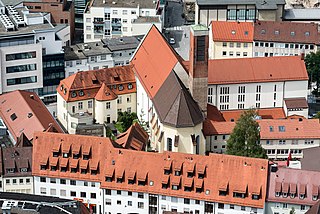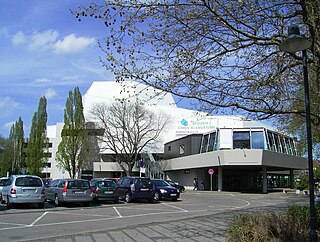Self-guided Sightseeing Tour #2 in Ulm, Germany
Legend
Guided Free Walking Tours
Book free guided walking tours in Ulm.
Guided Sightseeing Tours
Book guided sightseeing tours and activities in Ulm.
Tour Facts
2.6 km
21 m
Experience Ulm in Germany in a whole new way with our free self-guided sightseeing tour. This site not only offers you practical information and insider tips, but also a rich variety of activities and sights you shouldn't miss. Whether you love art and culture, want to explore historical sites or simply want to experience the vibrant atmosphere of a lively city - you'll find everything you need for your personal adventure here.
Individual Sights in UlmSight 1: Sankt Georg
The Church of St. George in Ulm was built as a Catholic garrison church in the years 1902 to 1904 south of the Old Cemetery on Olgastraße by the architect Max Meckel. Today it is the parish church of the Catholic parish of St. George, which was built in 1920. The ownership of the church was transferred from the Federal Republic of Germany to the parish in 1962.
Sight 2: Pauluskirche
The Pauluskirche in Ulm was built as a Protestant garrison church in the years 1908 to 1910 north of the Old Cemetery on Frauenstraße according to plans by the architect Theodor Fischer. It is the parish church of the St. Paul's parish in Ulm. Due to the good acoustics, it is considered 'the' concert church in the wide area.
Sight 3: Adolf Frenkel
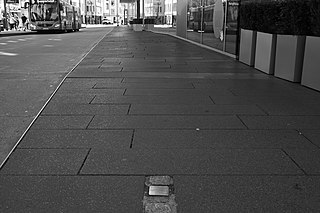
The list of Stumbling Stones in Ulm lists the Stumbling Stones that have existed in Ulm so far. They are part of the Europe-wide project "Stolpersteine" by the artist Gunter Demnig. These are decentralised memorials that are intended to commemorate the fate of those people who lived in Ulm and were deported by the National Socialists and murdered in concentration camps and extermination camps, among other places, or forced to flee their homeland.
Sight 4: Museum Brot und Kunst
The Museum of Bread and Art – Forum World Food is a knowledge museum in Ulm that presents the importance of grain, bread and culture for the development of humanity. This includes natural, technical and social historical aspects of bread making as well as the understanding of bread as a symbol of life in the Judeo-Christian world of ideas. Particular emphasis is placed on dealing with the lack of bread and food in the past and present. High-ranking works of art from the 15th to 21st centuries are intended to show how deeply and multi-layered the motif of bread and grain is anchored in our culture.
Sight 5: Stadthaus
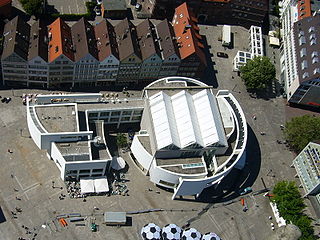
The Stadthaus Ulm is in the centre of Ulm (Germany), located on the Münsterplatz. Primarily, the building is used to present exhibitions of photography and modern and contemporary art. A lecture hall is used for a variety of events, activities, and workshops, including a festival of modern music. It houses the city's tourist information centre and other public services on the ground floor. A permanent exhibition of the archaeology and history of the Münsterplatz is located on the lower level.
Sight 6: Löwenbrunnen
The Ulm Lion's Fountain is located in the northwestern area of Münsterplatz.
Sight 7: St. Michael zu den Wengen
The Church of St. Michael zu den Wengen, also known as the Wengen Church, is a Roman Catholic parish church in the centre of Ulm, which emerged from the historic Wengen Monastery. The epithet to the Wengen means "in the meadows". The church originally belonged to the Ulm convent of the Augustinian canons and has a long and eventful history behind it.
Sight 8: Theater Ulm
Theater Ulm is the municipal theater in the Baden-Württemberg city of Ulm in Germany. Founded in 1641, it is the oldest municipal theater in Germany. Today, it operates distinct ensembles for opera/operetta, acting, and ballet. Until 2006, it operated as Ulmer Theater.
Share
Disclaimer Please be aware of your surroundings and do not enter private property. We are not liable for any damages that occur during the tours.
GPX-Download For navigation apps and GPS devices you can download the tour as a GPX file.

